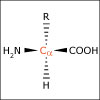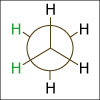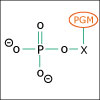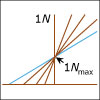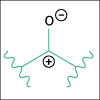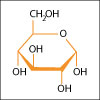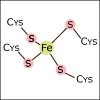Looking for something specific in this course? The Resource Index compiles links to most course resources in a single page.
Module I: Basic Biochemistry
Course Info
Departments
As Taught In
Fall
2013
Level
Topics
Learning Resource Types
theaters
Lecture Videos
theaters
Other Video
notes
Lecture Notes
Instructor Insights
assignment
Problem Sets
Problem Set Solutions


